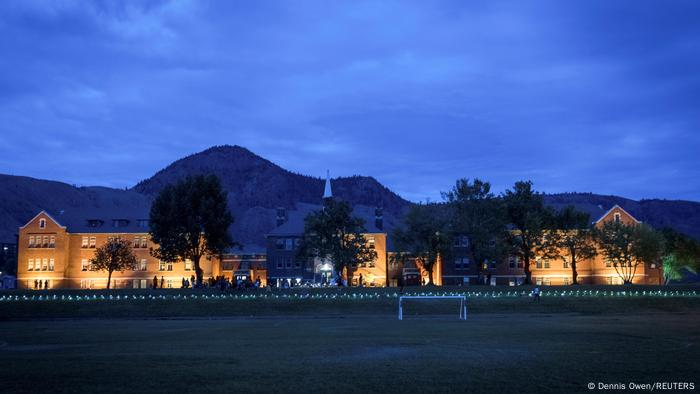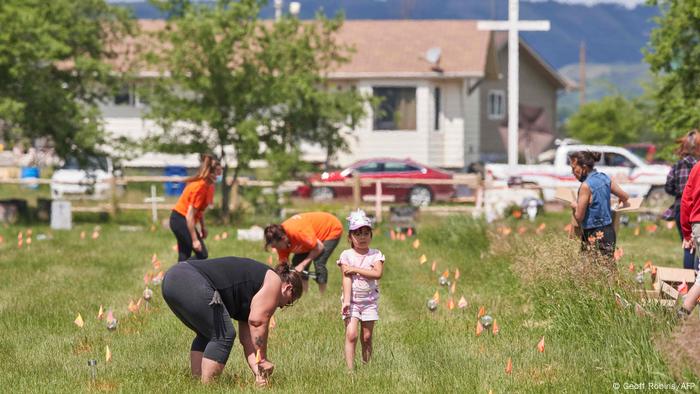Christy Somos

Visitors walk past a Mastodon skeleton display at the opening of the Royal Alberta Museum, in Edmonton on Wednesday, Oct. 3, 2018. (THE CANADIAN PRESS/Jason Franson)
TORONTO -- A new study suggests that prehistoric elephants like the mastodon and woolly mammoth were wiped out by waves of extreme global environmental change, rather than being hunted to extinction by early humans.
The study, entitled “The rise and fall of proboscidean ecological diversity,” published Thursday in Nature Ecology & Evolution, challenges the claim that early human hunters hunted prehistoric elephants to extinction over millennia. Instead, it presents findings that the extinction of the last mammoths and mastodons at the end of the last Ice Age marked the end of climate-driven global decline among elephant species over millions of years.
An international group of paleontologists from the Universities of Alcala in Spain, Bristol in the U.K., and Helsinki, Finland, ran the study to analyse the rise and fall of elephants and their predecessors over 60 million years of evolution, according to a release.
The study explains that while today elephants are categorized into three endangered species in the African and Asian tropics, their ancestors were a group of giant herbivores known as the proboscideans, which include the extinct mastodons, stegodons and deinotheres.
By studying the fossil collections in museums across the globe, like London’s Natural History Museum to Moscow’s Paleontological institute, the research team logged and analyzed traits like body size, skull shape and teeth, and found that proboscideans fell within one of eight sets of adaptive evolutionary strategies.
“Remarkably for 30 million years, the entire first half of proboscidean evolution, only two of the eight groups evolved,” said study co-author Dr. Zhang Hanwen in the release. “Most proboscideans over this time were nondescript herbivores ranging from the size of a pug to that of a boar. A few species got as big as a hippo, yet these lineages were evolutionary dead-ends. They all bore little resemblance to elephants.”
However, the evolution of ancient elephant species changed dramatically when a migration corridor opened up through the Bering Land Bridge after the Afro-Arabian plate collided into the Eurasion continent approximately 20 million years ago.
“The immediate impact of proboscidean dispersals [migration] beyond Africa was quantified for the very first time in our study,” lead study author Dr. Juan Cantalapiedra said in the release.
Access to a new continent meant new evolutionary processes to adapt to new environments.
“The aim of the game in this boom period of proboscidean evolution was ‘adapt or die.’ Habitat perturbations were relentless, pertained to the ever-changing global climate, continuously promoting new adaptive solutions while proboscideans that didn’t keep up were literally, left for dead,” Zhang explains in the release.
The researchers found that by three million years ago, environmental disruptions from the coming Ice Ages hit the proboscideans hard, resulting in evolutionary tactics in species like the woolly mammoth, which had shaggy hair and big tusks for retrieving vegetation covered under thick snow, the study says.
By analyzing the extinction peaks, or periods of time the ancient species would be “subject to higher extinction risk,” of the proboscideans at 2.4 million years ago, 160,000 and 75,000 years ago in Africa, Eurasia and the Americas, the team discovered that the results did not correlate with the expansion of early humans and their “enhanced capabilities to hunt down megaherbivores.”
The results surprised researchers.
“We didn’t foresee this result. It appears as if the broad global pattern of proboscidean extinctions in recent geological history could be reproduced without accounting for impacts of early human diasporas,” said Zhang, adding that the study “refutes some recent claims regarding the role of archaic humans in wiping out prehistoric elephants, ever since big game hunting became a crucial part of our ancestors’ subsistence strategy around 1.5 million years ago.”
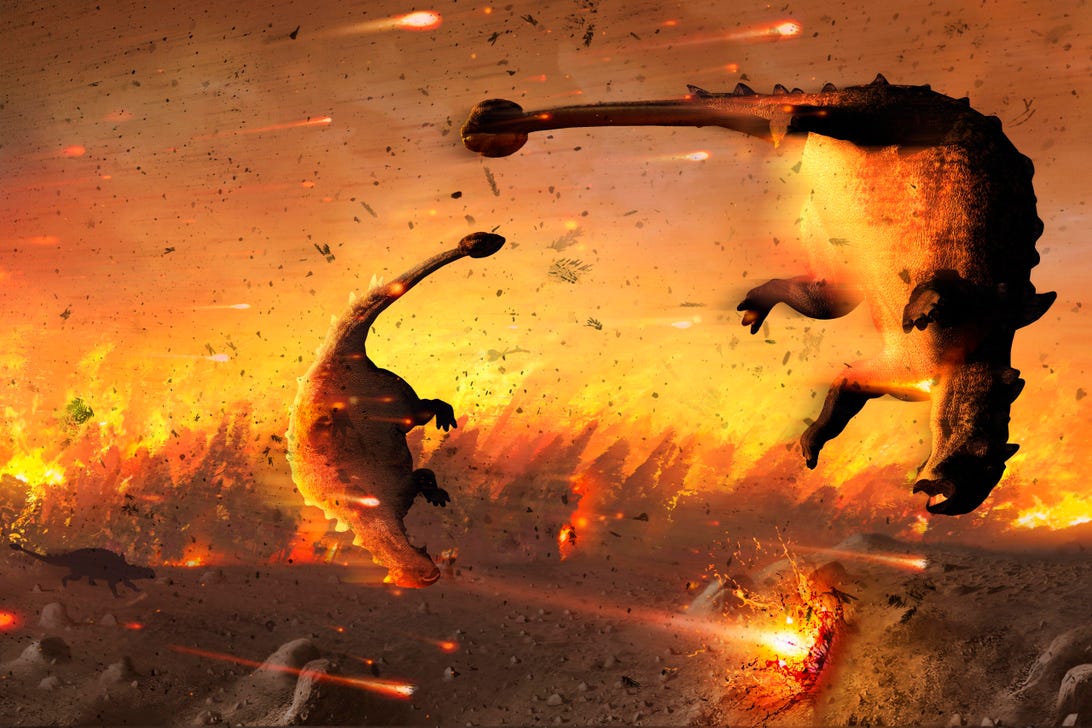


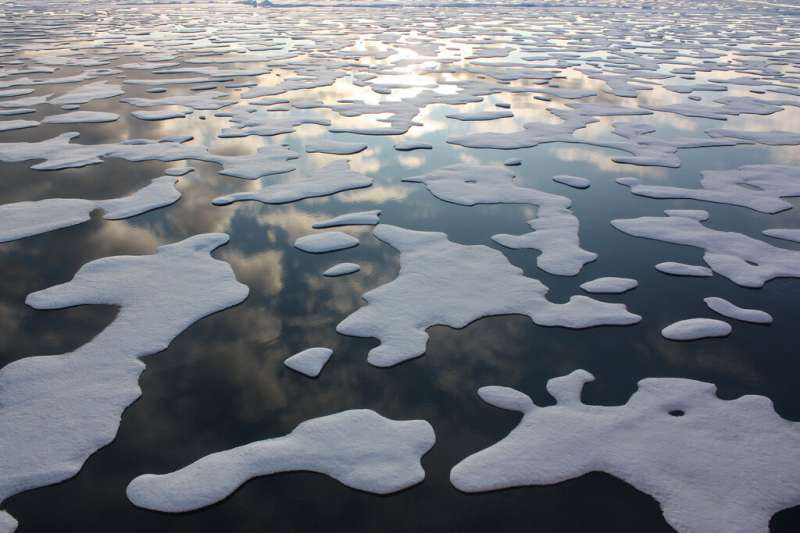
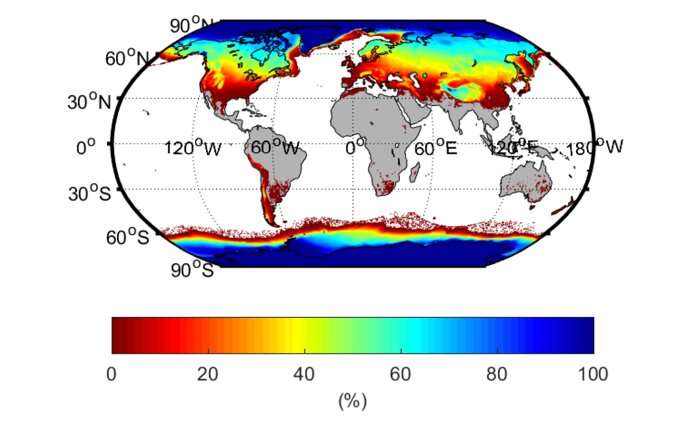

 © Reuters/DARRIN ZAMMIT LUPI FILE PHOTO: The logo of Binance is seen on their exhibition stand at the Delta Summit, Malta's official Blockchain and Digital Innovation event promoting cryptocurrency, in St Julian's
© Reuters/DARRIN ZAMMIT LUPI FILE PHOTO: The logo of Binance is seen on their exhibition stand at the Delta Summit, Malta's official Blockchain and Digital Innovation event promoting cryptocurrency, in St Julian's

